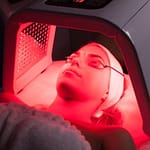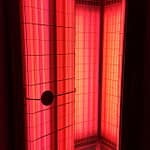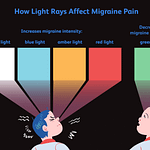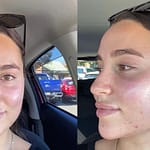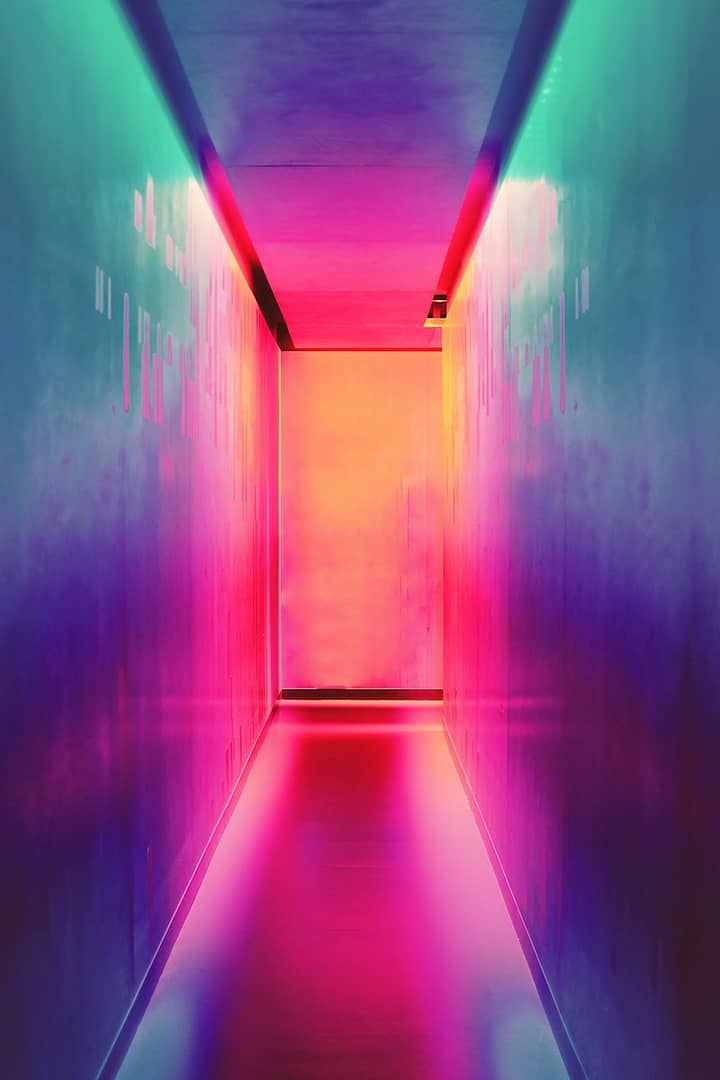Does Red Light Therapy Damage Eyes?
So, you’ve probably heard of red light therapy and wondered whether it is safe or harmful.
Whether it works is a question you’ll want to ask yourself if you’re considering trying it for yourself. And if it’s safe, how does red light therapy work? And what about the other light therapies out there? Read on to learn more about red light therapy and its benefits. It can even help those suffering from age-related macular degeneration and worsened eyesight from diabetes.
What is red light therapy?
Although red light therapy has shown promising results, it is still a controversial topic. The Centers for Medicare and Medicaid Services (CMS) has determined that it is not superior to other treatments for ulcers and wounds. However, it is generally covered by insurance companies for treating pain and oral mucositis associated with cancer treatment. Here, we’ll explore some of the benefits of red light therapy and discuss which conditions it can help treat.
Red light has biochemical effects on cells. It stimulates the production of collagen and elastin. It also boosts the production of ATP, the energy molecule in all living things. By increasing ATP production, red light improves the function of cells, repairing damage, and rejuvenating the skin. It has also been used in cancer therapy and as a skin-whitening treatment. It’s believed to stimulate new cell growth in the skin, reduce scarring, and reduce pain and inflammation associated with various medical conditions.
Although red light therapy is generally considered safe, it is important to consult with a doctor before starting a treatment. The recommended dosage is two to three sessions per week for three to six weeks, followed by one maintenance session every two weeks. However, each individual’s reaction to the therapy will vary. As with any other medical treatment, the dosage may need to be adjusted according to the severity and age of the condition. In most cases, however, the results of red light therapy are visible within a few days.
Research shows that red light therapy reduces the size of diabetic ulcers. It also enhances the formation of blood vessels and collagen. These biological effects enable the skin to heal quicker. Furthermore, red light therapy has been shown to help patients with various ailments, including insomnia, arthritis, and skin disorders. If you have a condition that affects your mobility, red LED therapy might be an option for you. It can also help with inflammation and improve your overall health.
While red light therapy is effective in improving the appearance of your skin, it doesn’t have a permanent cure. Most conditions require other therapies and it’s still experimental for many. In fact, it is often used in conjunction with other treatments in cancer treatments. For acne treatment, red light therapy is more effective than blue light and is safer and more affordable than other treatments. If you’re interested in trying this new treatment, consider visiting a dermatologist for a consultation.
Does it work?
Red light therapy is a relatively new medical treatment, but the concept has been around for centuries. The ancient Greeks, for example, praised the healing power of light. Their practice of light therapy involved the balance of the four humors in the human body. It is also thought to help people with mental problems, and its use has received considerable attention recently. However, you should know that red light therapy is not for everyone. For those suffering from a health condition, you may want to seek the advice of your doctor first.
The biochemical reaction that occurs in the human body when exposed to red light stimulates the production of ATP, which transports energy throughout the body. This increase in ATP helps the cells to repair and rebuild. The effect is further enhanced when signaling pathways are opened in the cells. The heightened ATP levels encourage the body to fight inflammation, rejuvenate the tissues, and repair damage. Red light therapy is available in many different venues, including spas, gyms, and home treatment.
Researchers believe that the effects of red light on memory, reaction times, and mood are linked to improved brain function. Because red light improves mitochondrial function and reduces oxidative stress, it may be useful for treating neurodegenerative disorders. It also regulates the body’s circadian rhythm. Moreover, people with AMD have been found to benefit from low-level red light therapy. These benefits of red light therapy should encourage more research and development to further validate its benefits.
Despite promising results, red light therapy is still controversial. According to the Centers for Medicare and Medicaid Services, red light therapy is not an effective treatment for many conditions. However, it is used to activate other medications. For example, it is more effective for treating depression than blue light therapy. And it is more common for treating acne than red light therapy. So, is red light therapy safe? If so, which conditions are they beneficial for?
Although there is limited scientific evidence to support red light therapy as a treatment for cancer, it does have numerous other benefits. It increases blood flow and oxygen levels in skin cells, which enhances their health and appearance. It decreases inflammation and promotes the production of collagen, which is the body’s most abundant protein. Collagen is the “glue” of the body, and this treatment is effective in promoting the growth and regeneration of healthy skin cells.
Dangerous?
Despite its widespread popularity, red light therapy isn’t without risks. While there is no known underlying medical condition that makes this therapy harmful, side effects are still possible. Here are some common side effects and negative interactions with the therapy. Keep in mind that the treatment should only be used under the guidance of a qualified health care provider. If you’re still skeptical, read on to learn more. Red light therapy can benefit you in more ways than one.
There are no grave errors with red light therapy, but even small mistakes can change the effectiveness of the treatment. It’s important to be aware of them and fine-tune the sessions accordingly to maximize the healing potential. Luckily, red light therapy can be used safely, so long as you follow the instructions. For more information about this therapy, visit PlatinumLED. Here, you’ll learn about the benefits, side effects, and risks of red light therapy.
While red light is not harmful, UV is. Whether or not red light is harmful depends on the intensity of the red light. UV light can cause damage to the body and can cause skin cancer and premature aging. If you’re using red light therapy as an alternative to UV light, you’re risking the health of your eyes. In contrast, visible light does not have any harmful side effects. If you are concerned about its safety, seek medical advice from a doctor before starting this therapy.
Other Light Therapies
Red light therapy is a relatively new field of research. It has been around for quite some time, but only recently has eye science focused on the benefits it can provide for the eye. Red light therapy is a natural, safe way to heal and protect the eyes, and most clinical trials have shown it to be beneficial for the body and the eyes. It also appears to improve vision and reduce inflammation in the eye. In addition, it can speed up healing in the eye.
Red light therapy is a promising alternative for people suffering from glaucoma. While the mechanisms are not entirely understood, there are some promising findings. One of these studies involves increased cellular metabolism and the formation of new synapses between neurons. This helps the eye communicate with the brain more effectively. But, how does this therapy work? The effects are far from clear, but it’s worth a try for those with eye problems.
Another effective therapy for dry eyes is intense pulsed light (IPL). This type of light therapy works by disrupting the balance of oil in the eye’s tear film. This in turn reduces the risk of bacterial infection. It also melts away blocked oil and unclogs meibomian glands. In addition to being non-invasive, this type of therapy is also completely stress-free. Dr. Alan B Schlussel recommends two or three treatments for severe dry eyes.
Some studies suggest that phototherapy may reduce the dosage of antidepressants in people suffering from bipolar disorder. However, it’s important to note that there are potential health risks associated with stopping antidepressants before they reach their full effect. As such, it’s important to consult a doctor if you’re considering this treatment. And as long as you understand the benefits and risks, you should be good to go!
Red light therapy is also useful for the treatment of amblyopia, which is often referred to as lazy eye. It’s a vision disorder that typically occurs in early childhood or infancy and affects one eye. Previously, this condition was thought to be incurable once it’s passed its critical developmental phase. Today, however, red light has shown promising results in treating amblyopia. So, what are the risks of red light therapy?



